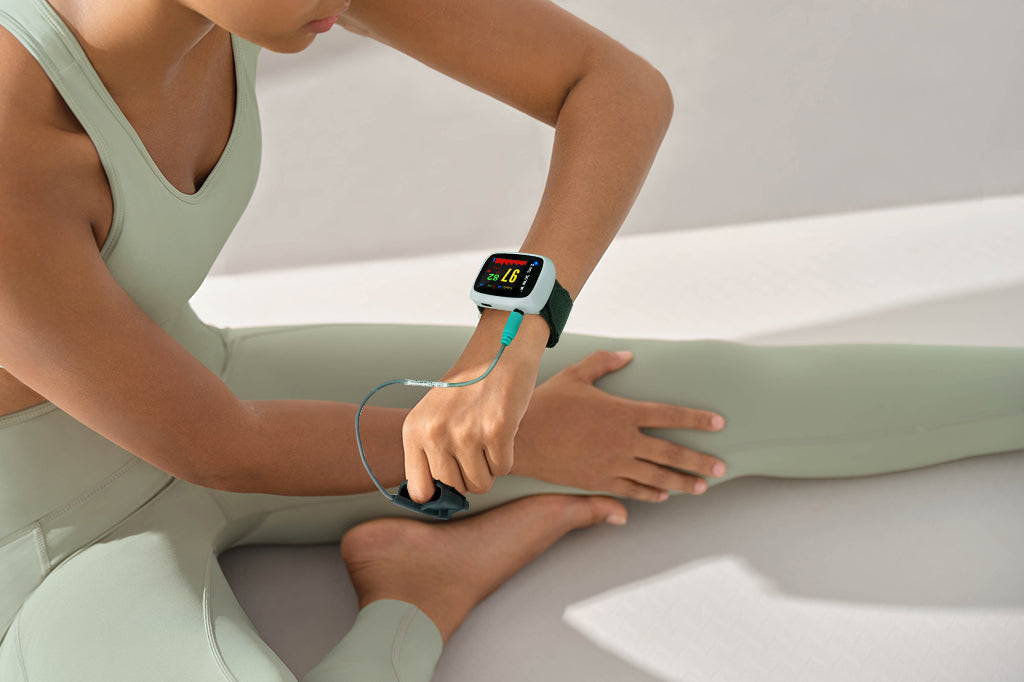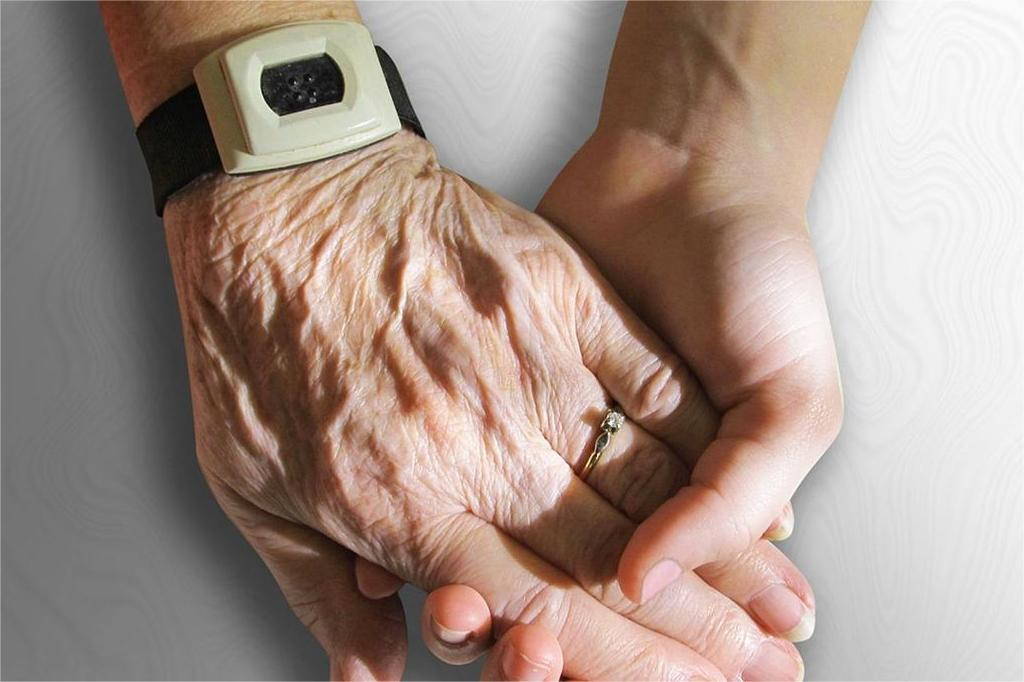1. Introduction
It is no secret that oxygen is essential for human life, but how do you keep track of your body’s oxygen levels? Monitoring blood oxygen levels can help detect a wide range of medical conditions and provide insight into the overall health of your body. Let's take a look at how to monitor your blood oxygen levels, and what potential health consequences could arise from both low and high readings.
The body is capable of performing remarkable feats of regulation and one of the most important is when it comes to managing blood oxygen levels. The quantity of oxygen in red blood cells has a powerful effect on life, as it dictates much of what our cells can achieve. A carefully balanced range needs to be maintained for us to remain healthy and energetic, and the body acts quickly if levels dip too low or spike too high - through self-regulation processes like breathing and heart rate control. If not for blood oxygen levels being so intricately watched over, we wouldn't be able to live life as normally as we do.
2. The Relationship Between Arterial Blood Gas (ABG) Test and Pulse Oximetry
An arterial blood gas (ABG) test measures the amount of oxygen and carbon dioxide in your bloodstream. This test provides information about the pH balance, acidity, and bicarbonate levels in your blood. Normal readings are usually between 95-100% saturation for oxygen, but any reading below 90% may indicate a medical condition such as hypoxemia or anemia.
Keeping oxygen levels in the blood at a healthy range is incredibly important for maintaining general health and treating medical conditions. Knowing your oxygen saturation levels can be crucial to understanding your overall health, so it is important to have means of measuring these levels. An arterial blood gas (ABG) test or a pulse oximeter (pulse ox) are two ways to monitor blood oxygen levels. An ABG test involves taking a small sample of blood from an artery, while a pulse ox uses light sensors that measure your current level of oxygen concentration in the blood without having to take any samples. Both techniques offer quick and accurate results, providing you with valuable information about your body and health.
Another way doctors measure blood oxygen levels is through pulse oximetry. This noninvasive procedure uses a device called a pulse oximeter which attaches to your finger or earlobe to measure the amount of red light absorbed by hemoglobin in the blood vessels near the skin's surface. A normal reading should be above 95%, but any reading below 90% may indicate hypoxemia or other medical issues.
If you're relatively healthy, certain day-to-day activities such as exercising don't require monitoring your blood oxygen level. However, for those with pulmonary or cardiac issues, it's another story. These individuals may need to keep track of their oxygen levels quite frequently to ensure they remain at an acceptable level. Recent medical breakthroughs have made it easier than ever before to measure and monitor this vital statistic without having to visit the hospital or doctor's office. Some companies now make reliable devices that record levels instantly with easy-to-read charts and graphs. By understanding their own data, those with chronic health conditions can ensure that they live healthier lives with peace of mind.
3. Potential Health Consequences of Low and High Blood Oxygen Levels
When it comes to monitoring your health, it is important to understand the potential consequences that could arise from both low and high readings. Hypoxemia is a condition characterized by low oxygen levels in the bloodstream and can lead to serious complications such as heart failure, respiratory failure, stroke, or even death if not treated quickly. On the other hand, high readings due to supplemental oxygen use can also cause serious issues such as hypercapnia (too much carbon dioxide), pulmonary hypertension (high blood pressure in your lungs), chronic headaches, disrupted sleep patterns, and more.
4. Conclusion
Monitoring our blood oxygen levels is an important part of maintaining overall health and wellness for everyone, especially those with chronic medical conditions like asthma or COPD who may need additional support breathing on top of their regular treatments. By understanding the relationship between arterial blood gas tests and pulse oximetry along with potential health consequences associated with both low and high readings we can better assess our own wellbeing or that of a family member who requires continual monitoring. With this knowledge we can rest assured that we have taken all necessary steps towards achieving optimal health!
WRITTEN BY VIBEAT
Related Blogs
Recommended Products





